Introduction to Simple White Cake
Table of Contents
- Introduction to Simple White Cake
- Ingredients Required for the Recipe
- Essential Ingredients for the Perfect White Cake
- Preparing the Cake Pan
- Mixing the Ingredients
- Baking the Cake
- Cooling the Cake
- Frosting and Decorating the White Cake
- Serving Suggestions
- Storage Tips for Leftover Cake
- Conclusion
A simple white cake is a timeless dessert, celebrated for its versatility and ability to complement a myriad of occasions. This classic recipe serves as the foundation for countless creations, embodying a neutral flavor profile that makes it an ideal choice for both casual gatherings and formal celebrations. Its light texture and moist crumb have endeared it to many as a perfect canvas for various toppings and frostings, ranging from fresh fruit to rich buttercream.
The appeal of a simple white cake lies not only in its delightful taste but also in its adaptability. Home bakers often appreciate how easily it can be personalized, allowing for experimentation with flavors such as vanilla, almond, or lemon. It can be dressed up with elegant icing for weddings, adorned with vibrant fruits for birthdays, or served plain for an afternoon tea. This flexibility has solidified the simple white cake’s status as a staple in households around the world.
Moreover, this cake is often made from readily available ingredients, making it an economical option for any baker. The core ingredients typically include flour, sugar, butter, eggs, and baking powder, all of which combine to create a harmonious blend. The straightforward preparation process also invites novice bakers to participate in the joy of cake-making, as it requires minimal skills while still yielding impressive results.
Ultimately, a simple white cake can be enjoyed on its own, or enhanced with various toppings to suit the occasion. Whether you are celebrating a milestone or simply indulging in a sweet treat, this cake promises to satisfy the palate. As we delve further into this classic recipe, it becomes evident why the simple white cake remains a beloved choice for baking enthusiasts and dessert lovers alike.
Ingredients Required for the Recipe
Creating the perfect simple white cake requires a precise selection of ingredients, each playing a crucial role in contributing to the cake’s texture and flavor. The foundation of our simple white cake includes all-purpose flour, sugar, baking powder, salt, unsalted butter, eggs, and milk. Let us explore the role of each ingredient in the recipe.
All-purpose flour is essential for providing structure to the cake. It serves as the base and affects the overall texture, making it light and fluffy when combined with the right amount of air during the mixing process. Sugar sweetens the cake and adds moisture while also helping to achieve a beautiful caramelization during baking.
Baking powder is what enables the cake to rise, producing a light and airy crumb. It releases carbon dioxide gas during baking, which leads to the expansion of the batter. Salt, although often seen as a mere seasoning, enhances the flavors of the other ingredients and balances the sweetness of the cake.
Unsalted butter lends richness and flavor while also aiding in the creation of a tender crumb, crucial for a moist cake. Eggs contribute to the structure of the cake and add richness, also helping with leavening when whipped into the batter. Milk enriches the batter, providing moisture and ensuring a smooth consistency.
When sourcing these ingredients, consider buying from local grocery stores, where you might find fresh and organic options. For those seeking affordability, online grocery retailers often have competitive prices and offer convenient delivery services. Look for specials and discounts, especially when purchasing bulk quantities, to enhance savings. All these ingredients together will ensure the simple white cake is a delightful treat, perfect for any occasion.
Essential Ingredients for the Perfect White Cake
Crafting the perfect simple white cake requires a carefully curated selection of ingredients, each playing a vital role in the final texture and flavor.
Core Ingredients and Their Functions:
- All-Purpose Flour – Provides structure and ensures a light, fluffy crumb.
- Granulated Sugar – Adds sweetness, enhances moisture, and promotes caramelization.
- Baking Powder – Acts as a leavening agent, creating an airy and tender texture.
- Salt – Balances sweetness and intensifies the overall flavor.
- Unsalted Butter – Adds richness, depth, and contributes to a soft, moist crumb.
- Eggs – Provide structure, stability, and additional richness, aiding in leavening.
- Milk – Enhances moisture content, ensuring a smooth, cohesive batter with a refined texture.
When selecting ingredients, consider sourcing fresh, high-quality products from local markets or trusted online retailers. Opting for organic butter and free-range eggs can further enhance the cake’s flavor and texture. Additionally, purchasing in bulk or looking for seasonal discounts can be a cost-effective way to stock up on essential baking ingredients.
By carefully selecting and combining these ingredients, you can create a flawless simple white cake that is both elegant and delicious—perfect for any occasion.
Preparing the Cake Pan
Preparing the cake pan is a crucial step in baking a perfect simple white cake. A well-prepared cake pan ensures that your cake releases easily after baking and maintains its desired shape. For this classic recipe, you will need to prepare a 9-inch square cake pan. Start by gathering your materials: softened butter, all-purpose flour, and a pastry brush or your hands.
Begin by preheating your oven to the temperature specified in your recipe. While the oven is warming up, take the butter and generously coat the interior surfaces of the cake pan. It is essential to cover the bottom and all the sides thoroughly to prevent sticking. Using softened butter is often recommended because it spreads easily, creating an even layer. Alternatively, for those who may not have butter on hand, non-stick cooking spray can serve as a practical substitute.
After greasing the pan, the next step is to flour it. Place a small amount of all-purpose flour into the greased pan, tilting the pan to ensure the flour coats all greased surfaces. This flour layer will act as a barrier, further preventing any sticking. Gently tap the pan to remove any excess flour, which can create an unsightly crust on the finished cake.
If you are using a different type of cake pan, such as a round or a bundt pan, the procedure is largely similar, but keep in mind that bundt pans may require additional attention to detail due to their intricate shapes. For a more healthy alternative to traditional greasing, you might consider using coconut oil or vegetable oil, which can provide non-stick properties without altering the cake’s flavor. A well-prepared cake pan is vital to achieving the desired outcome of your simple white cake, ensuring you can enjoy a beautifully baked dessert that slices neatly and serves easily.
Mixing the Ingredients
The process of mixing the ingredients is critical in achieving a light and fluffy texture for your simple white cake. It all begins with the creaming of sugar and butter, which serves as the foundational step in cake-making. To start, ensure that your butter is at room temperature, which allows for optimal mixing. Using either a stand mixer or a hand mixer, beat the butter and granulated sugar together on medium speed until the mixture is pale and fluffy. This usually takes about three to five minutes. The incorporation of air during this stage is essential, as it creates the desired lift in the cake.
Next, it is time to introduce the eggs. Add them one at a time, fully incorporating each egg before adding the next. This gradual addition helps emulsify the batter, resulting in a smoother texture. After incorporating all the eggs, add a teaspoon of vanilla extract, which not only enhances the flavor but also contributes to the overall aroma of your cake.
Once the wet ingredients are properly mixed, shift your focus to the dry ingredients. In a separate bowl, whisk together all-purpose flour, baking powder, and a pinch of salt. The activation of the baking powder is crucial as it aids in the leavening process. Gradually add the dry mixture to the creamed butter and sugar, alternating with milk. Start and end with the flour mixture for optimal consistency. Mix until just combined, being careful not to overmix, as this can lead to a denser cake.
At this stage, your batter should be smooth and slightly thick but pourable. It is important to note that there should not be any lumps present. A visual check, as well as a simple spatula test, can help gauge the batter’s readiness. Once you achieve the right consistency, you are ready to pour it into your prepared cake pans, setting the stage for baking a delightful simple white cake.
Baking the Cake
Baking a simple white cake involves a series of careful steps that ensure a light and fluffy texture. The first step is to preheat your oven to 350°F (175°C). This is a crucial stage in the baking process, as it allows the cake to rise evenly. While the oven is heating, prepare your cake batter according to your chosen recipe; ensure all ingredients are at room temperature for optimal mixing results.
Once your batter is ready, greasing and flouring your cake pans becomes necessary to prevent sticking. Pour the batter evenly into the prepared pans, usually two round pans for a standard cake. It is advisable to tap the pans gently on the counter to release any trapped air bubbles. This will help achieve a smoother surface on the baked cake.
The baking time for a simple white cake typically ranges from 25 to 30 minutes. However, it is essential to start checking the cake around the 25-minute mark. A reliable way to determine if the cake is done is to perform the “toothpick test”: insert a toothpick into the center of the cake, and if it comes out clean or with a few crumbs attached, the cake is ready. Additionally, the top of the cake should appear springy and golden, with no wet batter visible.
Before removing the cake from the oven, avoid common baking mistakes, such as opening the oven door too frequently, which can lead to a collapsed cake. Maintaining consistent heat is vital for achieving the desired rise and texture. After baking, allow the cake to cool in the pans for at least 10 minutes before transferring it to a wire rack to cool completely. This method ensures a perfect simple white cake, ready for frosting or serving as is.
Cooling the Cake
Once a cake is removed from the oven, proper cooling techniques are crucial to achieving a successful final product. Allowing the cake to cool properly before frosting not only enhances the overall texture but also ensures that the frosting adheres well without melting. Understanding the appropriate methods for cooling a cake can make a significant difference, particularly when working with a delicate white cake.
There are two predominant methods for cooling: leaving the cake in the pan and transferring it to a wire rack. Each method has its advantages. When cooling the cake in the pan, it is important to allow it to sit for about 10 to 15 minutes. This brief period helps the cake release from the sides of the pan while maintaining its moisture. However, if a cake is left in the pan for too long, it can result in a soggy bottom due to steam accumulation.
Alternatively, transferring the cake to a wire rack after the initial cooling period is often recommended. A wire rack allows for optimal airflow around the cake, promoting even cooling and preventing moisture retention. To facilitate transfer, gently run a knife around the edges of the cake before inverting it. It is essential to ensure that the cake is not overly warm before adding frosting; ideally, the cake should come to room temperature. This step is crucial to avoid a situation where frosting melts and slides off, negatively impacting the presentation.
For best results, check your cake for any signs of moisture on the bottom. If there are any damp patches, allowing additional time on the rack may be necessary. By following these recommended practices, you can effectively prevent a soggy cake and create a stable base ready for frosting and decoration. Understanding the cooling process is vital in achieving the perfect simple white cake, preserving its flavor and structural integrity.
Frosting and Decorating the White Cake
When it comes to complementing the delicate nature of a simple white cake, the choice of frosting and decoration plays a crucial role. The frosting not only enhances the cake’s appearance but also contributes to its overall taste. Classic options such as buttercream, cream cheese frosting, or whipped cream are quintessential choices that work harmoniously with a white cake. Buttercream, with its smooth texture and rich flavor, can be easily tinted to match any occasion, making it a versatile favorite among bakers.
For those looking for a lighter alternative, whipped cream offers a refreshing option that maintains the cake’s airy quality. Just ensure that the whipped cream is stabilized with a little gelatin or cornstarch to keep it looking pristine throughout your event. Cream cheese frosting adds a delightful tanginess that juxtaposes beautifully with the sweet sponge, making it a beloved option for festive occasions.
Beyond traditional frostings, consider incorporating unique flavors such as coconut, lemon, or almond to add a creative twist that personalizes your cake. A layer of coconut cream frosting can evoke tropical vibes, while lemon-infused frosting provides a zesty contrast that brightens up the dessert. For decoration, fresh fruits, edible flowers, or even fondant can transform a simple cake into an eye-catching centerpiece.
When frosting, it is essential to achieve a smooth, even layer. Start by applying a crumb coat— a thin layer of frosting that traps any loose crumbs— and refrigerate the cake for about 30 minutes. Then, proceed with your final layer of frosting, smoothing it out with an offset spatula for a professional finish. Personalization can be achieved through piped patterns, sprinkles, or thematic cake toppers, which not only enhance the cake’s aesthetics but also cater to the celebratory spirit of the occasion.
Serving Suggestions
The simplicity of a traditional white cake allows it to be a versatile dessert that can be tailored to various tastes and occasions. One of the most appealing ways to serve this elegant cake is by pairing it with a scoop of rich vanilla ice cream. The creamy texture of ice cream complements the lightness of the cake, creating a delightful contrast that is both satisfying and refreshing.
Fruits also provide an excellent accompaniment to the simple white cake. Fresh berries such as strawberries, raspberries, or blueberries can be arranged artistically on top or served alongside the cake. Not only do these berries add a pop of color, but they also introduce a natural sweetness and slight tartness that enhances the overall flavor profile of this classic dessert. For a more indulgent option, consider topping the cake with a warm berry compote that can be drizzled over each slice, providing a burst of flavor with every bite.
In addition to ice cream and berries, various sauces can elevate a simple white cake experience. A drizzle of chocolate or caramel sauce, for instance, can introduce rich flavors, allowing for a luxurious twist on this beloved treat. Whipped cream can also be a light and fluffy addition, providing texture and a hint of sweetness that balances well with the cake’s understated flavor.
The occasions for serving a classic white cake are as myriad as its possibilities. It is a fitting choice for moments of celebration such as birthdays and weddings, where its elegant appearance allows it to shine as the centerpiece of dessert tables. Additionally, it can serve as a delightful addition to casual gatherings or afternoon teas, making any simple event feel more special. Encouraging readers to experiment with various serving ideas can help them create memorable moments with this timeless dessert.
Storage Tips for Leftover Cake
Storing leftover cake properly is essential to maintaining its freshness, flavor, and texture. Whether it’s a delicate layer cake or a simple sheet cake, understanding the best storage methods can ensure that you enjoy every last bite. One primary consideration is the length of time you plan to keep the leftover cake. If you intend to consume it within a few days, refrigeration is typically sufficient. Place the cake in an airtight container or cover it tightly with plastic wrap to prevent it from drying out or absorbing unwanted odors from the fridge.
If you expect the cake to last longer than a few days, freezing is the ideal option. Freezing preserves the quality and extends the shelf life of the cake significantly. Before freezing, it is crucial to wrap the cake thoroughly in plastic wrap. Consider additional protection by wrapping it in aluminum foil or placing it in a freezer-safe container. This double-layering method helps to avoid freezer burn and preserves the cake’s texture and taste. It’s recommended to slice the cake before freezing, as this makes it easier to thaw only what you need.
Upon needing to enjoy your frozen cake, transfer it to the refrigerator to allow it to defrost gradually. This step helps to maintain its moisture. Alternatively, you can let it thaw at room temperature for a quicker option, but be careful not to leave it out for too long to prevent spoilage.
Another creative way to repurpose leftover cake is by turning it into cake pops, trifles, or even using it as a base for a delicious bread pudding. Such transformations give new life to your cake while reducing waste. Implementing these storage tips ensures that your leftover cake remains delightful, allowing for satisfying indulgence long after the initial celebration.
Conclusion and Invitation to Share
As we have explored throughout this blog post, the perfect simple white cake is not only a delightful treat but also a versatile canvas for culinary creativity. This classic recipe highlights the fundamental techniques that make baking a white cake both enjoyable and accessible for bakers at all levels. The essential ingredients—flour, sugar, butter, and eggs—harmoniously come together to create a moist and fluffy dessert, suitable for various occasions.
The simplicity of this cake allows for a myriad of adaptations, whether you prefer to enhance it with flavored extracts, incorporate seasonal fruits, or experiment with different frostings. Such variations can personalize the cake to fit your uniqueness and preferences while maintaining the essence of its classic roots. Remember that baking is as much about creativity as it is about precision. Each baking experience contributes to honing your skills, so don’t hesitate to try new twists on this recipe.
We warmly invite you to share your baking journey with us. Were you able to recreate the perfect simple white cake? Did you customize the recipe in any distinctive way? Your experiences and insights are invaluable, and they can inspire others in our baking community. Please leave your comments below to share your successes, any challenges you faced, or unique variations you devised. Engaging in this exchange not only fosters connections among fellow baking enthusiasts but also enriches our collective knowledge and appreciation for this timeless dessert. We look forward to hearing from you!
Follow Us:
Instagram: https://www.instagram.com/cookmaster283/
Facebook: https://www.facebook.com/people/Cook-Master-Tips/61562484565841/
Pinterest: https://pin.it/4gQ0TkdJg


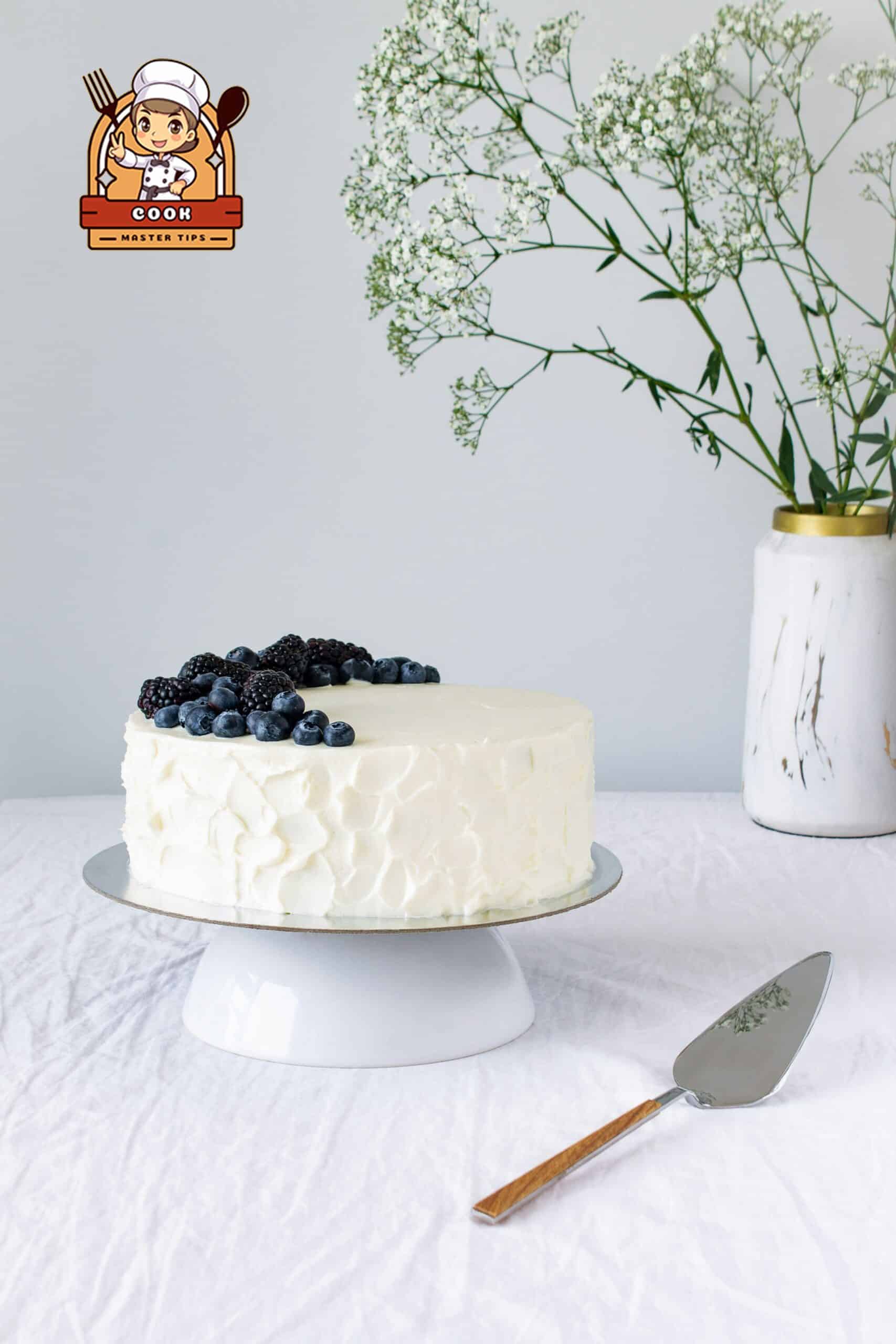
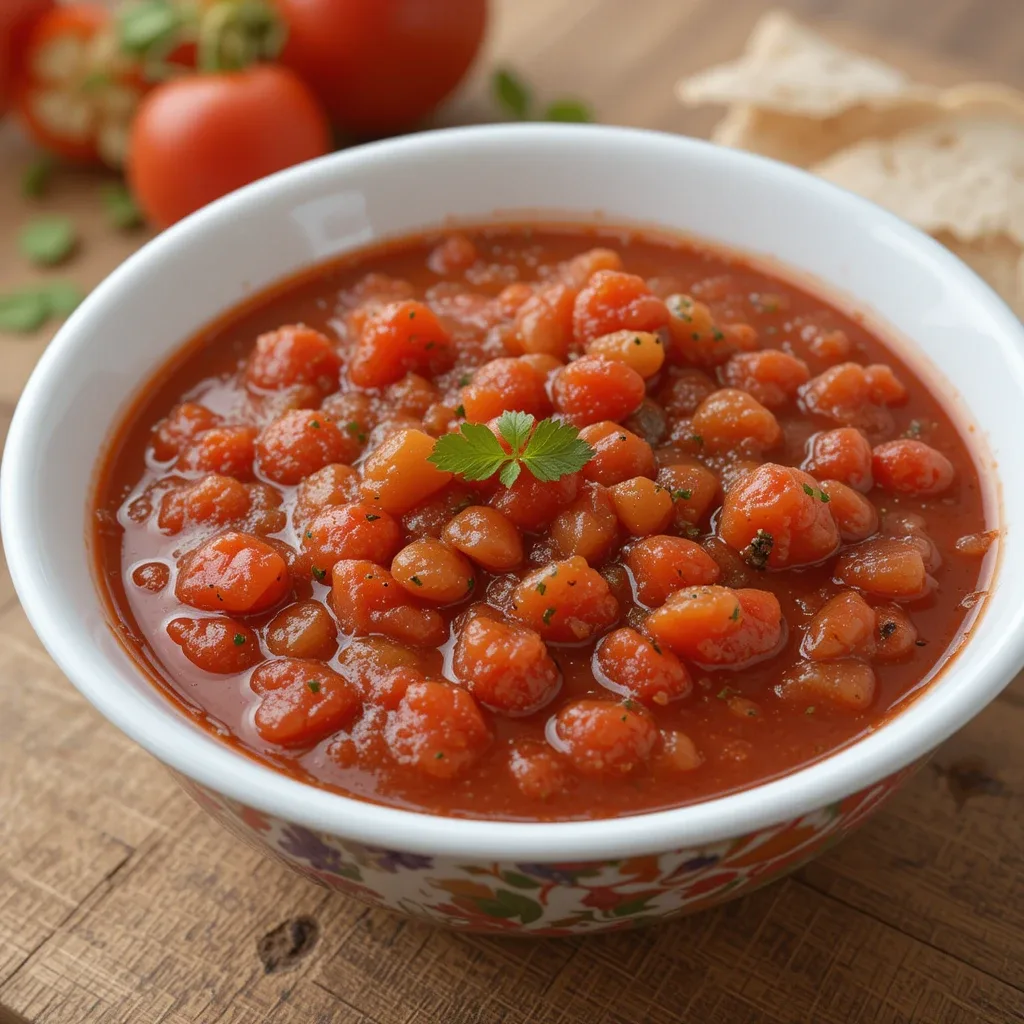

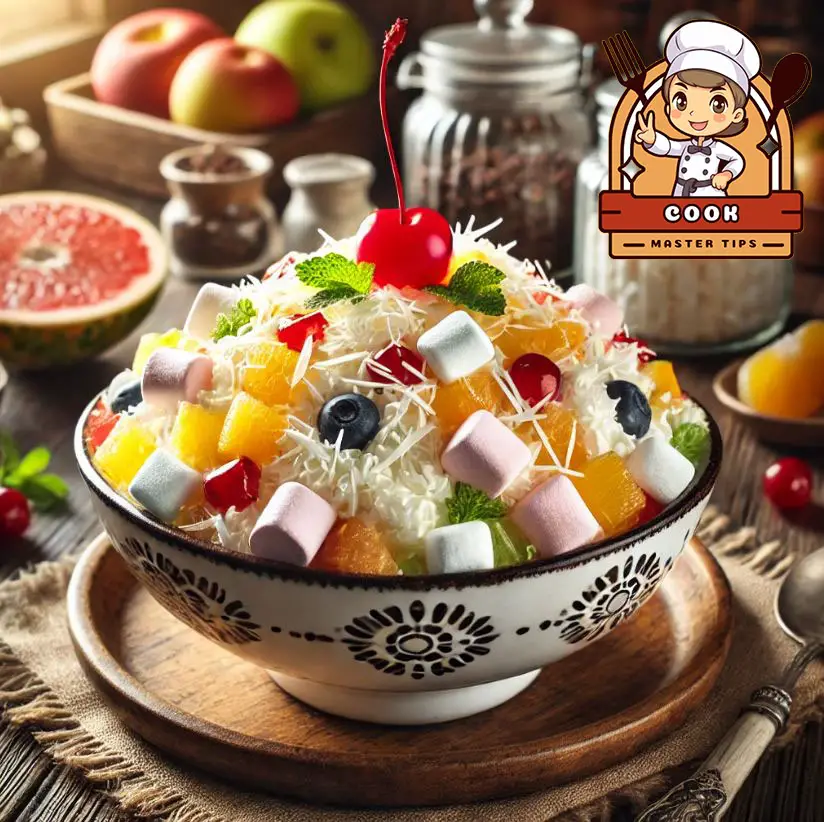
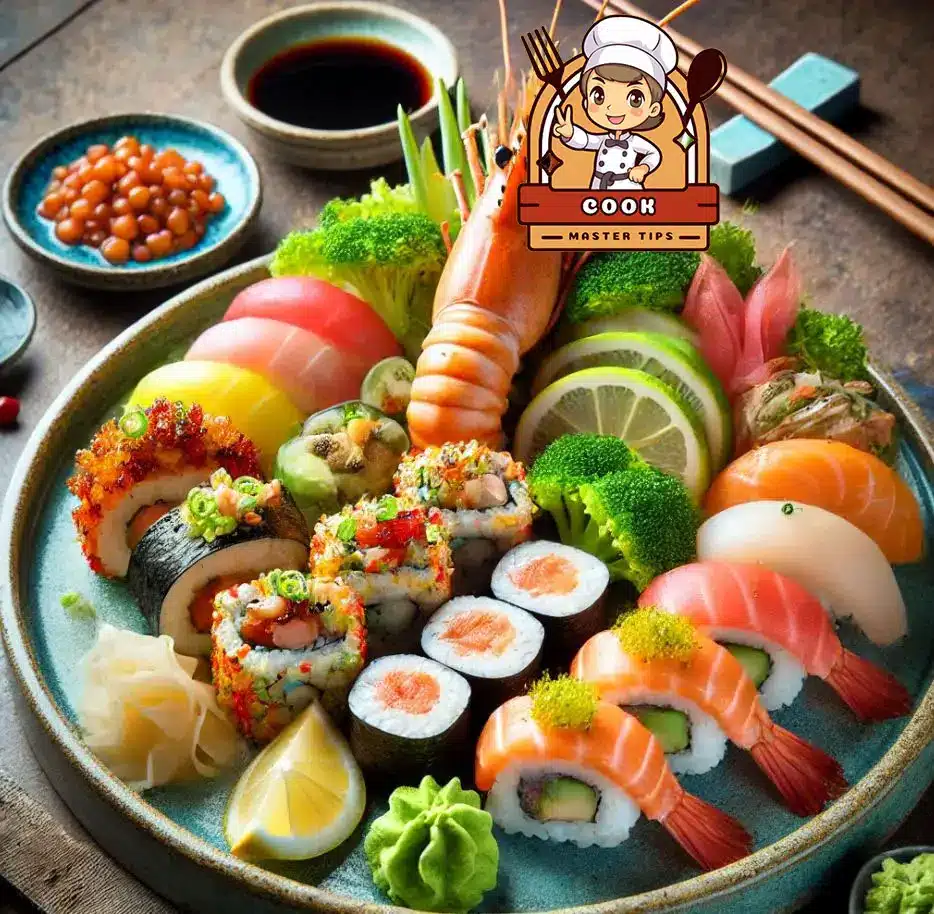
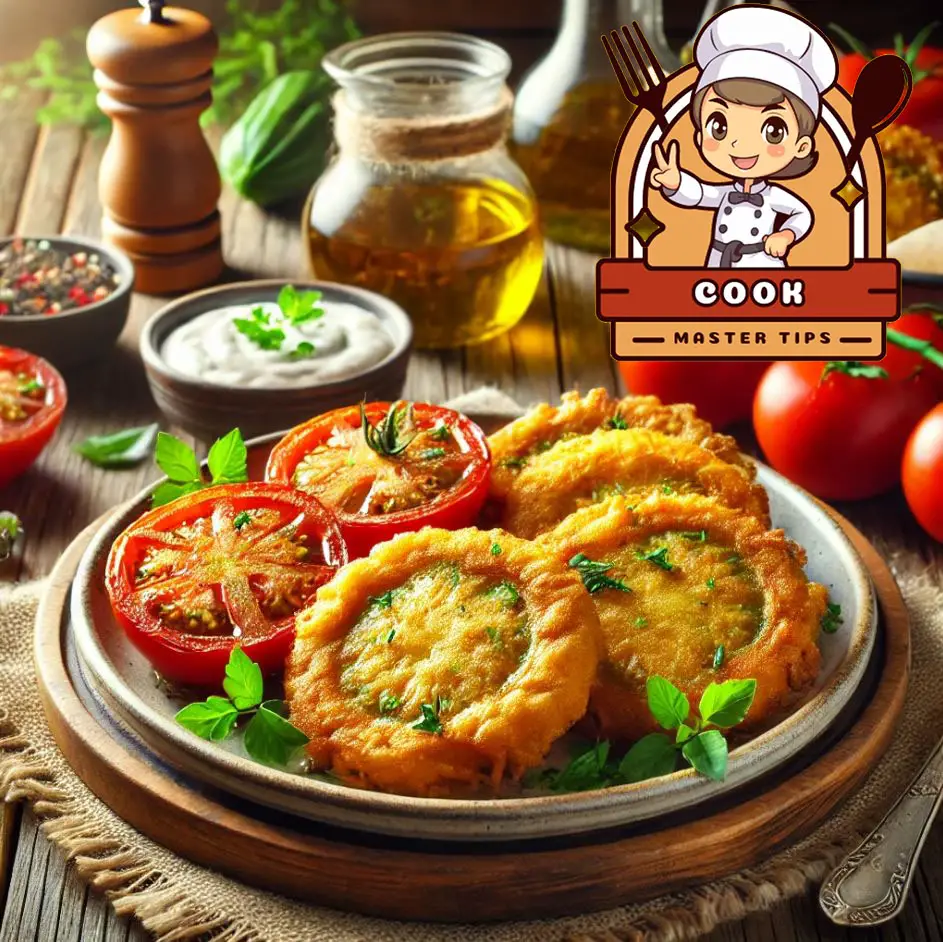


Leave a Reply